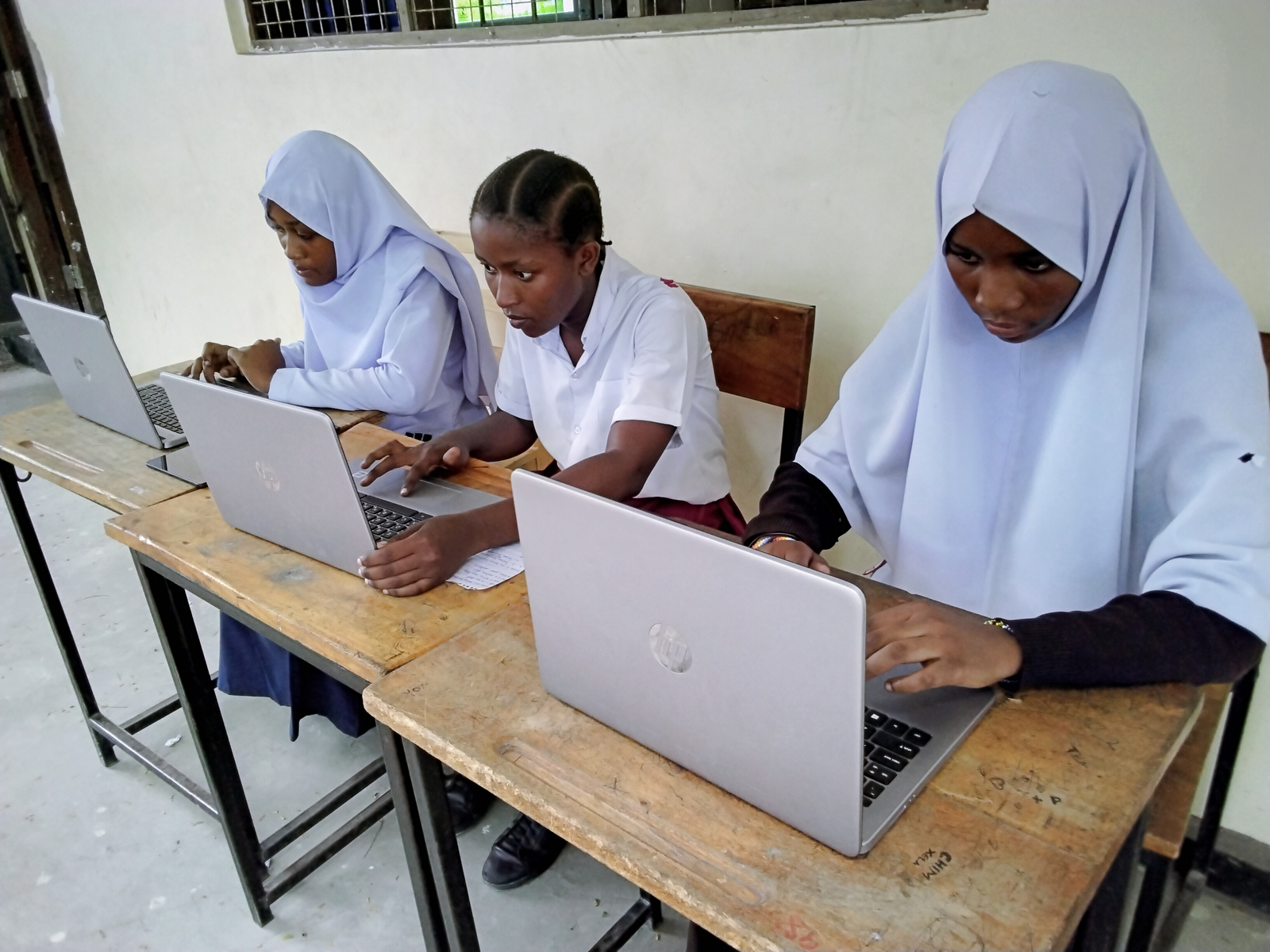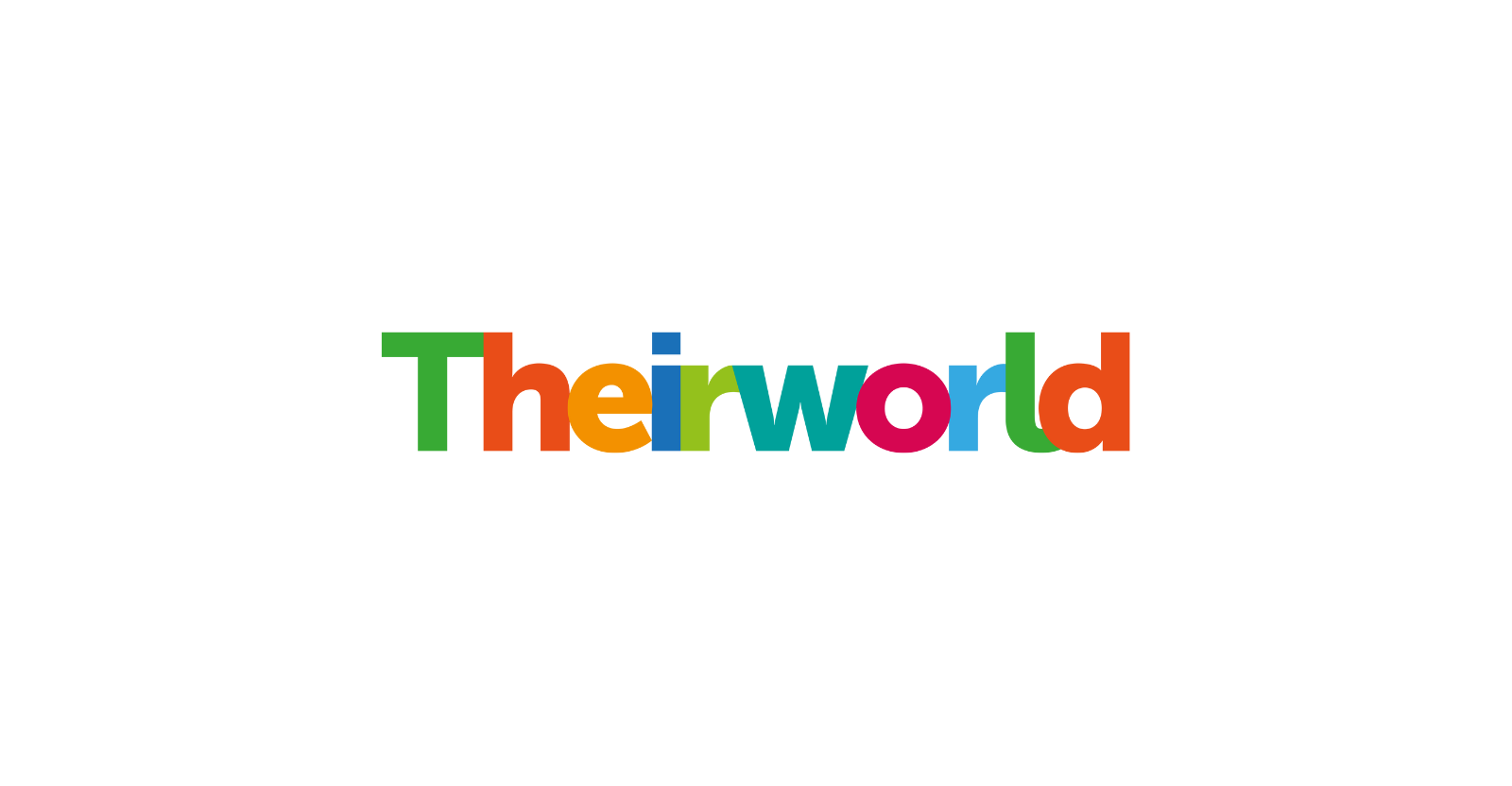
Safe Schools report: the hidden crisis, the huge challenges and the actions needed to educate every child
Children in conflicts, Children with disabilities, Education funding, Education in emergencies, Girls' education, Refugees and internally displaced people, Right to education, Safe schools
Theirworld has produced a framework for action to help the millions whose education is wrecked by attacks, threats and disasters.
The enormous scale of attacks on schools and threats to education suffered by millions of children is revealed today in a report by Theirworld.
Every child in the world should have access to safe, quality and inclusive education. But over 500 million school-age children and adolescents live in countries where schools face threats ranging from conflicts to natural disasters and gangs to gender-based violence.
Theirworld’s report Safe Schools: The Hidden Crisis projects that without urgent action that will rise by 2030 to over 620 million young people – almost one in three.
In these countries, only one in four children and youth are on track to learn even the most basic skills needed for employment by 2030.
And while any child can be left behind, it is marginalised groups who are most at risk – including girls, LGBTI youth and children affected by disabilities and health problems.

Justin van Fleet, Chief Advisor to Theirworld, said: “It is shocking. If we take no action, by 2030 three of every four young people in countries impacted by humanitarian emergency, conflict and violence will not be on track to have even the most basic skills to be productive members of society.
“This report sounds the alarm bell to the international community and provides tangible entry points for action. Everyone can contribute to the solution.”
The report provides a framework for action. It says countries and the international community must work together to prioritise, invest and deliver safe schools – to ensure the United Nations’ Sustainable Development Goal of education for all is met.
That should include safe schools and learning environments for pre-primary children – with 90% of a child’s brain development happening before the age of five.
Theirworld President Sarah Brown said: “Every child in the world deserves a safe school where they can learn and play, free from threats of abduction, exploitation, intimidation, marginalisation, sexual assault or military attack.
“Yet, without urgent action, such threats will become a reality for countries where one in every three children live around the world by 2030.
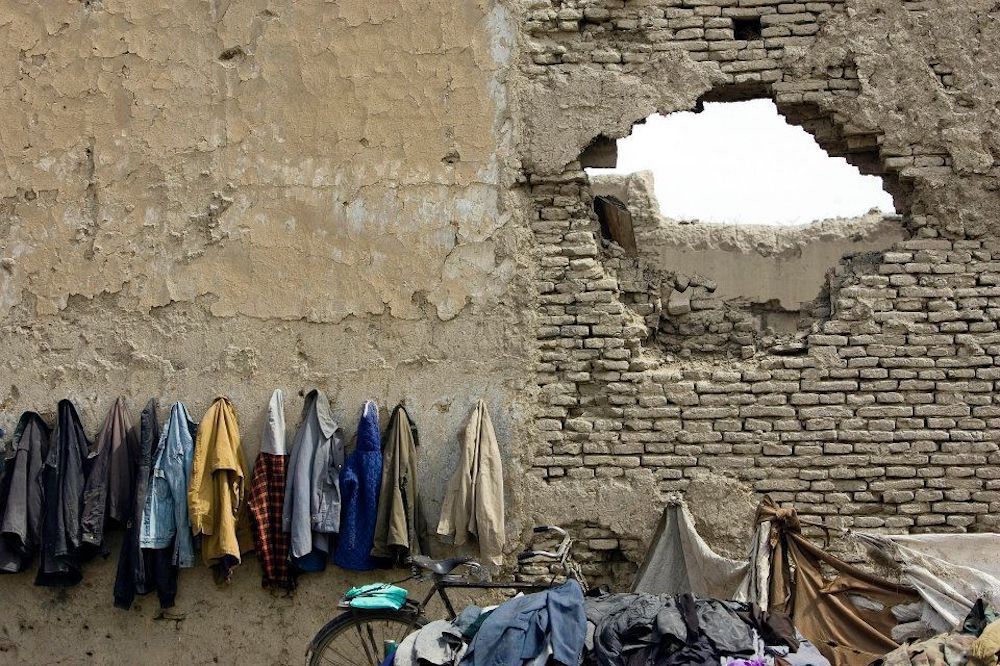
“Not only will this leave the UN’s Sustainable Development Goals a distant pipedream, it will also deny some of the world’s most vulnerable children their right to an education, and deny some of the world’s most challenging areas the problem-solvers, peace-makers, builders, entrepreneurs, teachers, carers and life-savers needed to build a brighter future.
“Yet while the challenge is great, a solution is within reach. Our report outlines a framework for action through which all of us – from governments and global funders to NGOs, philanthropists, the business sector and local communities – can work together to tackle this issue in bold and innovative ways.
“If we do so, we can become the first generation to ensure every single child is in a safe school and receiving a free, quality and inclusive education.”
The in-depth report – made possible with the support of the Conrad N. Hilton Foundation – runs to 120 pages. Here is a flavour of some of its findings.
The threats to safe schools
The report lists three major types of threats to the safety of schools and their students.
Environmental threats include natural disasters, such as floods and earthquakes, that put entire populations at risk and which leave children particularly vulnerable. They also include public health threats and disease outbreaks, such as HIV-AIDS epidemic and the 2014-16 Ebola epidemic in West Africa.
External threats occur outside the school environment but still impact children’s education. They include attacks on the way to or from school, attacks on schools themselves, and the occupation of schools and learning spaces by armed groups.
Internal threats take place inside schools and include recruitment by violent or extremist groups, gang activity and gender-based violence. This category also includes corporal punishment and bullying – by teachers and between pupils.
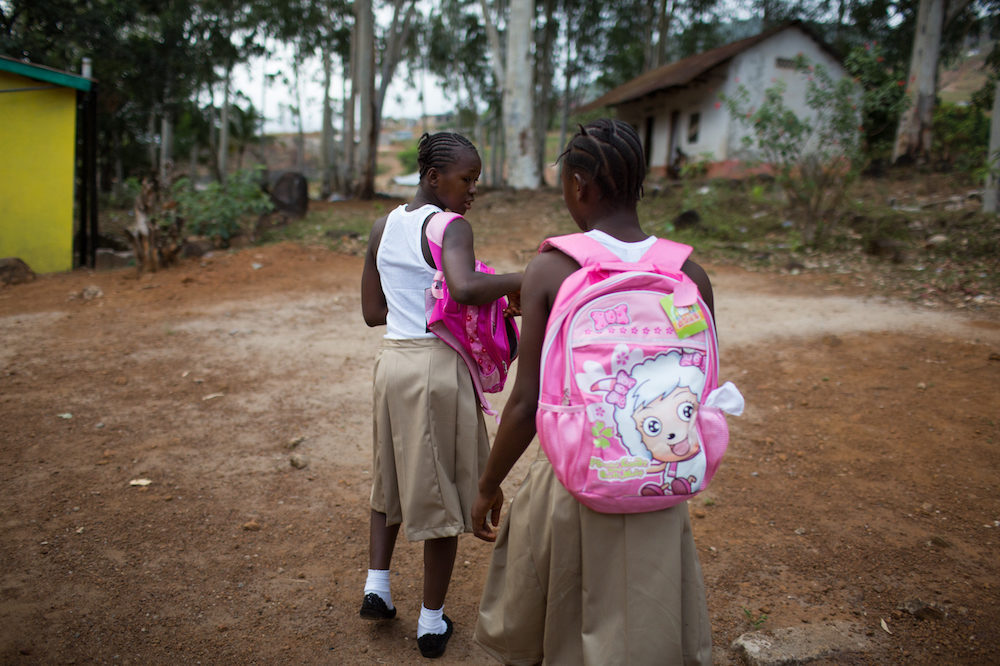
The scale of the challenge
Failure to address the issue of safe schools and learning environments today will have a devastating impact on the education, knowledge and skills and future opportunities of the generations to come.
In 2020 there will be approximately 550 million school-age youth living in low- and middle-income countries experiencing conflict, high violence or with high vulnerability to natural disasters. This number will increase to more than 622 million young people by 2030.
About 48 million of these will be of pre-primary age (0-4) in 2020, growing to 52 million by 2030.
Of the school-age population, 75% are on track to finish primary school by 2020 — and this only improves to 78% by 2030. On current trends, over one-fifth of children in countries affected by violence will still not complete primary education in 2030.
The outlook for secondary education is worse. By 2020, only 40% of youth will complete secondary school in these countries -increasing only to 46% by 2030.
Theirworld predicts that in 2030 there will be 16.5 million teachers – from pre-primary to upper secondary – in countries impacted by violence, humanitarian emergencies and high levels of violence.
The report says: “The promotion of safe schools needs to start with the protection, support and professional development for the very teachers and personnel on the front lines of delivering safe schools and learning environments.”
There are many hidden crises around the world where education is barely on the radar. Of the 22 countries featured in humanitarian response appeals, only three received more than half of the funding requested for education.
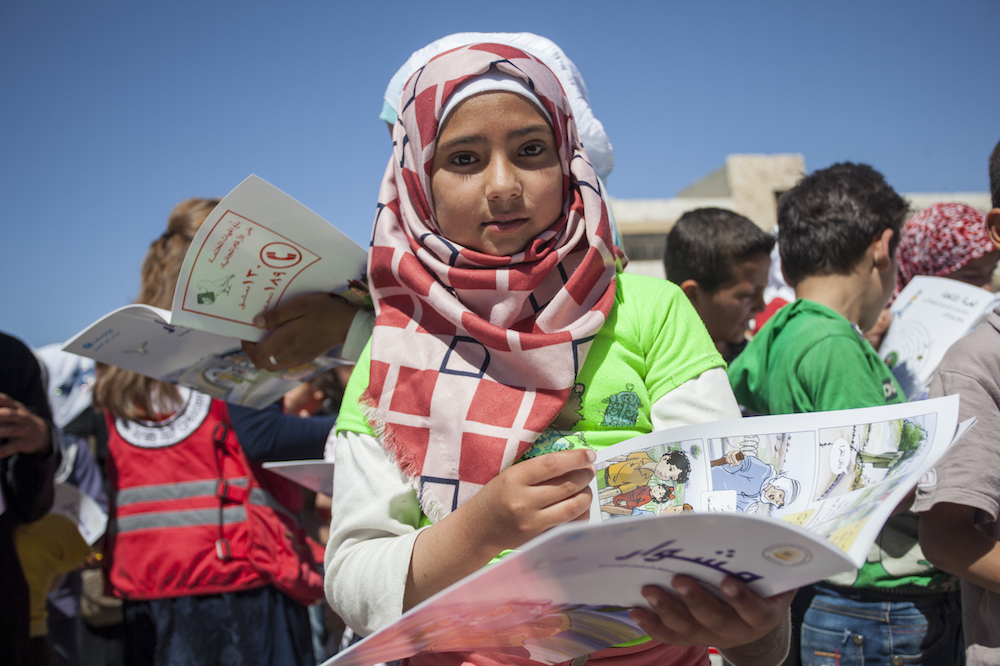
The marginalised
In almost all scenarios, the education of girls is more badly affected than boys by war, environmental threats and living in regions of high violence.
Girls are almost two and a half times more likely to be out of school if they live in conflict-affected countries than those who don’t and nearly 90% more likely to be out of secondary school.
Disability can leave children facing increased risk and challenges, which often deny them access to education, healthcare and other services, and even food.
Over 100 million children live with a disability – more than 80% of them in developing countries. Within these countries, 40% of primary-age children with disabilities and 55% of secondary age children with disabilities are not in education – compared to 12% and 26% of their peers.
Barely 60% of refugee children are in primary education compared to 92% for all children globally, and less than a quarter are enrolled in secondary education, compared to 84%.
The framework for action: everyone has a role to play
To change course, all stakeholders will need to rally around solutions. The report proposes a framework for action, which will allow stakeholders to identify partnership opportunities, entry points and opportunities to prioritise, invest and deliver safe schools.
Theirworld says actions are needed at global, national and local levels. These include:
- Identify and strengthen policies and programmes by researching and piloting new approaches and taking successful initiatives to scale
- Support governments to improve their capacity to achieve in full the educational rights of children and adolescents, which include ensuring schools and learning environments are safe and inclusive
- Promote an open dialogue among families, children and adolescents, authorities, the private sector and communities for immediate action as well as building long-standing responses
National governments need to prioritise and mobilise domestic resources for investment in safe schools and learning environments.
There is a role for civil society, philanthropy, as well as the business community, to be part of a comprehensive and sustainable solution.
Every multilateral and bilateral donor – from Education Cannot Wait and the Global Partnership for Education to individual donor countries, should have policies and investments supporting safe schools and learning environments.
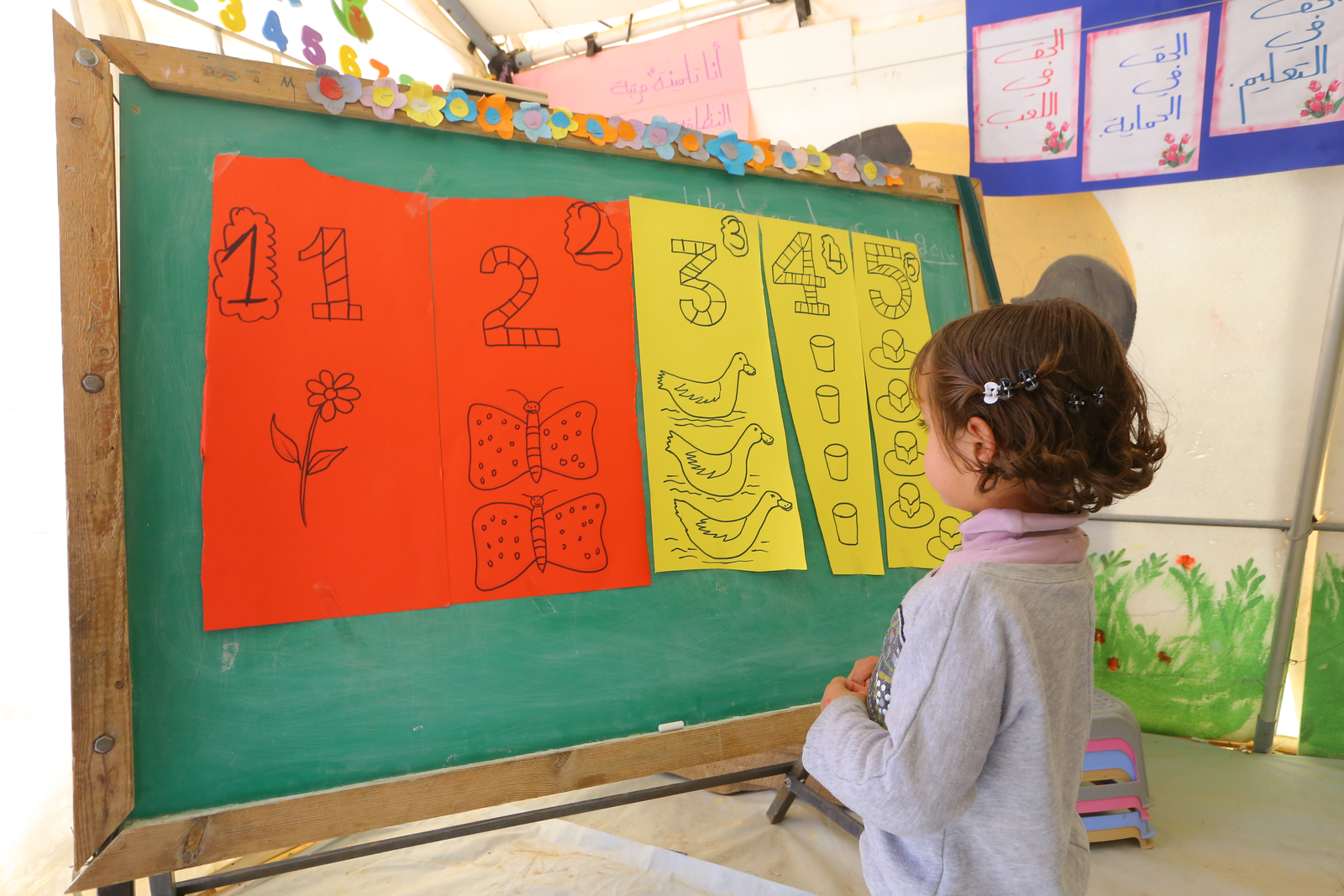
Education in emergencies
More news
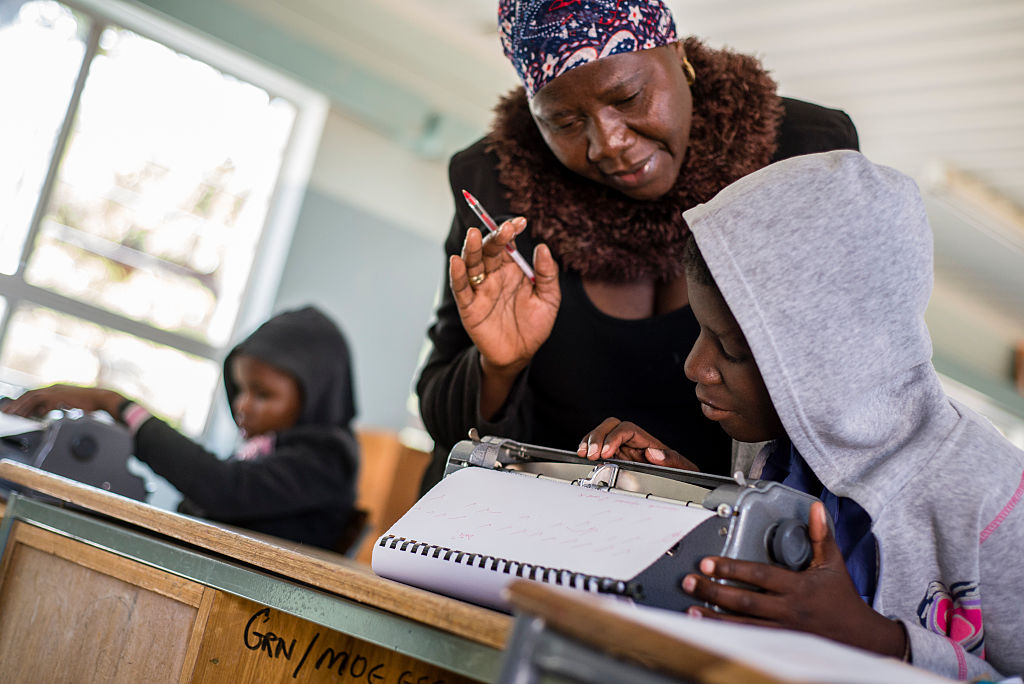
Technology has the power to expand education for children with disabilities
